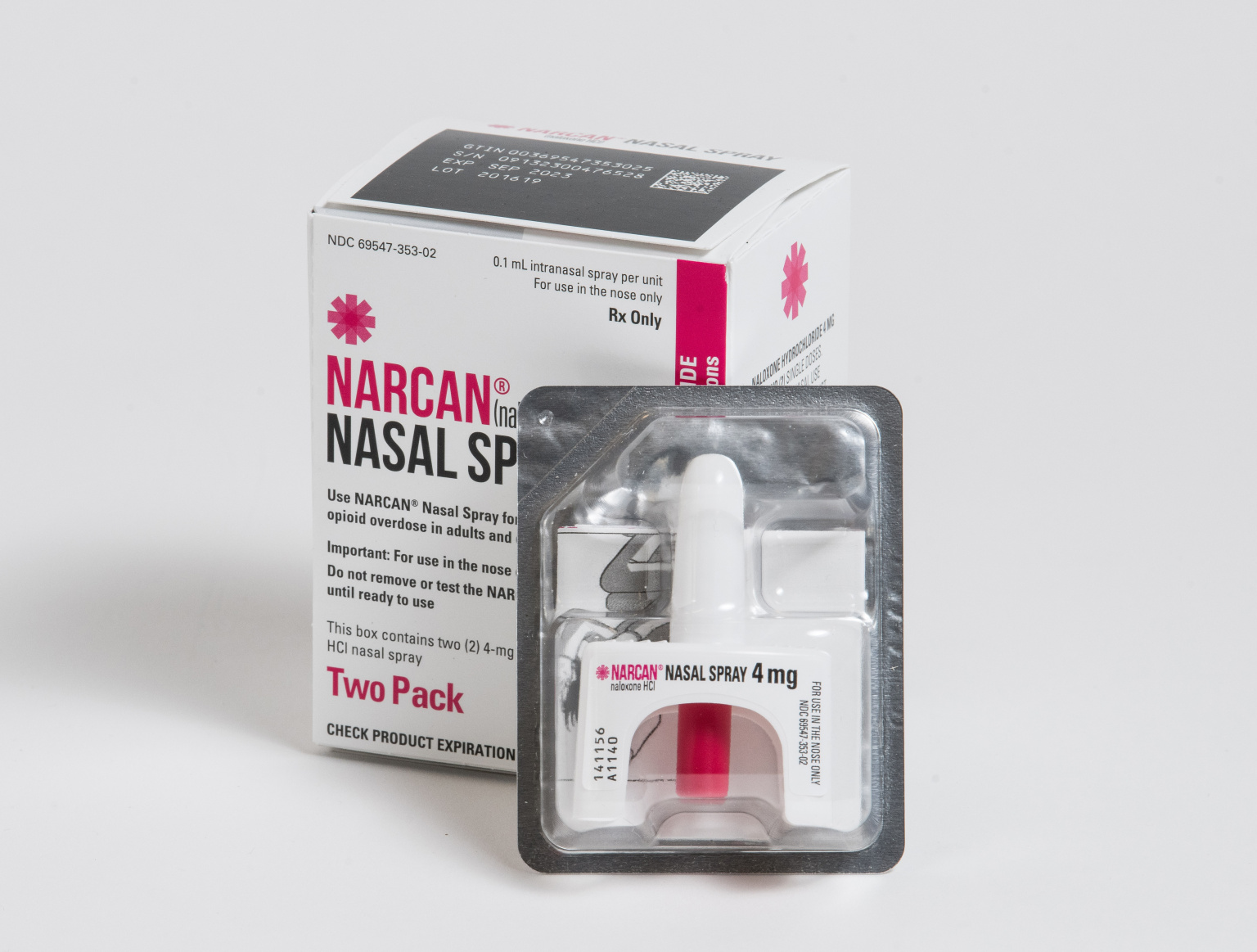In recent years, the opioid crisis has emerged as a critical public health concern, claiming countless lives across the country. According to the 2022 Community Health Needs Assessment, the Springfield community, comprised of Greene, Christian, and Webster counties, sees more drug poisoning deaths than the rest of Missouri and the United States. Amidst this crisis, neighborhoods and local associations have the unique opportunity to play a pivotal role in preventing overdose deaths through proactive initiatives such as distributing naloxone (commonly referred to by the brand name Narcan) and raising awareness. By fostering a sense of unity, responsibility, and compassion, communities can transform into powerful agents of change, saving lives and providing a lifeline to those in need.
The opioid epidemic knows no boundaries, affecting urban and rural neighborhoods alike. However, communities have the potential to become the first line of defense against overdose deaths. Establishing neighborhood-based interventions can have a profound impact by ensuring that immediate help is available when it is needed the most. This is where the distribution and education surrounding naloxone come into play.
Naloxone is a medication that can rapidly reverse opioid overdoses. Administered nasally or through injection, it effectively restores normal breathing and provides a crucial window of time for professional medical assistance to arrive. Neighbors equipped with naloxone have the power to act swiftly and decisively, potentially saving lives that might otherwise be lost to overdose.
Education is the cornerstone of any successful neighborhood naloxone initiative. Local associations can collaborate with Springfield-Greene County Health to organize training sessions and receive crucial information. By teaching residents about the signs of overdose, proper naloxone administration, and the importance of calling emergency services, neighborhoods empower their members with the knowledge and skills needed to intervene effectively.
Neighborhood associations are well-equipped to create a network of support that extends beyond the initial training. Establishing a system where naloxone is readily available, easily accessible, and replenished regularly ensures that no one is left without a lifesaving tool. This network can also serve as a platform for sharing stories of recovery, destigmatizing addiction, and fostering a sense of empathy within the community.
Neighborhoods can play a crucial role in reducing the stigma associated with addiction. By openly discussing the opioid crisis, hosting awareness campaigns, and engaging in conversations about mental health and substance use disorders, communities can create an environment where individuals feel comfortable seeking help. This, in turn, can encourage those struggling with addiction to come forward and access the support they need.
The opioid crisis demands a comprehensive and community-driven response. Neighborhoods and neighborhood associations have a unique opportunity to make a significant difference in the fight against overdose deaths. By distributing naloxone, educating residents, building a supportive network, and reducing stigma, communities can become a force for positive change, offering hope, healing, and a chance at recovery to those most vulnerable. In this collective effort, every life saved through a neighborhood naloxone initiative becomes a testament to the power of unity and compassion.
For more information on making naloxone available in your neighborhood or hosting an overdose prevention training, neighborhood associations and other community groups can contact Springfield-Greene County Health by emailing advocate@springfieldmo.gov.


